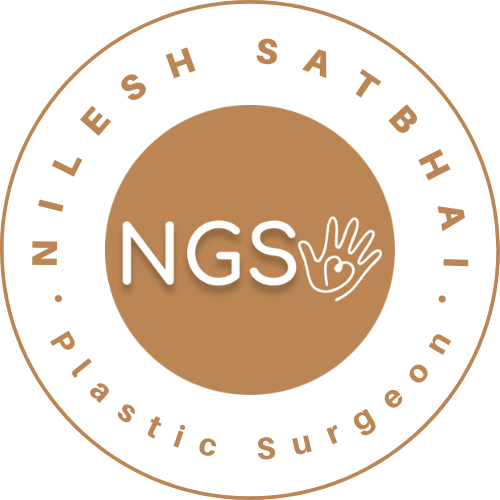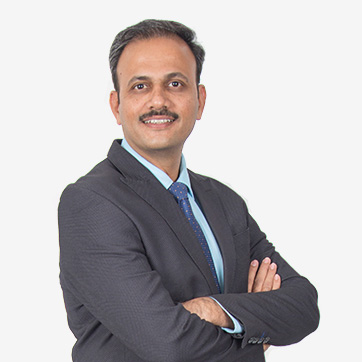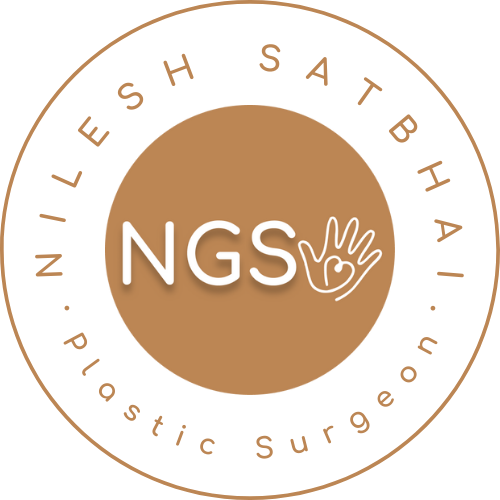How Far Can Plastic Surgery Go to Restore Hope
When we think of plastic surgery, our minds often jump straight to glossy magazine covers, celebrities flaunting new looks, or the endless carousel of “before and after” shots on Instagram.
But scratch beneath that filtered surface, and you’ll find a field that’s far deeper, more intricate, and frankly, more human than it ever gets credit for.
Because sometimes, plastic surgery isn’t about chasing beauty.
It’s about chasing life itself.
Why Do We Seek Plastic Surgery?
For some, it’s the promise of symmetry, a slightly straighter nose, smoother skin, or youthful contours.
But for many, it’s so much more profound: a second chance after life throws an unexpected curveball, an accident on the road, a kitchen burn, a tumor that took more than its share, or a condition present from birth.
In these moments, plastic surgery stops being about mere appearances.
It becomes a bridge back to normalcy, dignity, self-esteem, and the simple joys we all take for granted.
Imagine being able to:
-
Grip a pencil again after a devastating hand injury, signing your own name after months of helplessness.
-
Watch your child smile without a cleft lip defining their earliest memories or photographs.
-
Meet your reflection without seeing only scars from an accident, seeing you first.
That’s the quiet promise of plastic surgery, and why it matters.
So, How Far Can It Really Go?
Short answer? Pretty far.
Longer, more honest answer? It depends on what you’re hoping to restore.
Function: Beyond Looks
Plastic surgery often revolves around restoring what the body has lost, or what it never had a fair chance to develop.
-
With microsurgery, specialists use high-powered microscopes to reconnect nerves and blood vessels as thin as human hair.
This means hands crushed in machinery can move again, or faces paralyzed by injury might one day smile naturally. -
Complex reconstructive surgeries allow patients to chew, speak clearly, walk confidently, or hold their kids without fear of dropping them, functions that matter infinitely more than any aesthetic checklist.
Form: Bringing Back What Was
For many, it’s about rebuilding structures that disease or accidents have taken away.
-
After oral cancer surgeries, surgeons can rebuild jaws and cheeks using bone from the leg or shoulder, letting people eat and speak without artificial devices.
-
Children born without ears, a condition called microtia, can have new ones sculpted from their own rib cartilage.
-
Women who’ve undergone mastectomies can have breasts reconstructed, helping them reclaim a sense of femininity and closure after cancer’s toll.
These aren’t just “cosmetic” fixes; they’re acts of restoration that ripple through every part of a person’s life.
Confidence: Healing the Invisible
Here’s something we often overlook:
Plastic surgery heals invisible wounds, too.
Scars, deformities, or noticeable differences can leave deep psychological impacts, fueling self-consciousness, social withdrawal, or even depression.
Reconstructive or corrective surgery can help quiet that inner critic, so people can step back into relationships, careers, and communities without feeling defined by what happened to them.
In a way, plastic surgery frequently repairs what’s inside by working on the outside.
Where Are Its Limits?
This is where hope meets realism.
Yes, plastic surgery can do astonishing things, restoring both function and aesthetics to levels once thought impossible.
But it’s not magic.
-
There are scars, stages, and waiting periods between surgeries.
-
Sometimes, despite best efforts, the body’s natural healing can limit how closely tissue can be made to look or work like it once did.
Yet innovation continues to push these limits.
- 3D printing of custom implants, tissue engineering that grows cartilage or skin in labs, and face or hand transplants (procedures that were unimaginable a few decades ago) are now offering hope where none existed.
What Should You Take Away From This?
If you or someone you love is living with the aftermath of an accident, birth defect, or illness, remember:
Plastic surgery isn’t just an option, it’s often a lifeline.
It’s a vast, evolving field that sits at the intersection of engineering, artistry, and deep compassion, working tirelessly to give people back what life may have unfairly taken away.
Whether it’s:
-
a child finally able to pick up toys with reconstructed fingers,
-
a young adult facing the world without a conspicuous facial scar,
-
or a grandparent able to cradle grandkids without pain after complex hand surgery,
Plastic surgery quietly, yet profoundly, changes thousands of stories every day.
Final gentle nudge
If you’re wondering what’s possible for you or someone you love, it starts with a conversation. That first step might be all it takes to start restoring not just appearance, but everyday joys, function, and hope.
Final Thought
So, how far can plastic surgery go to restore hope?
Pretty far.
And inch by inch, technique by technique, it’s reaching farther every year.
Because at the end of it all, this field isn’t just about flawless beauty.
It’s about giving people the chance to feel like themselves again, and sometimes, that’s the most beautiful outcome of all.






